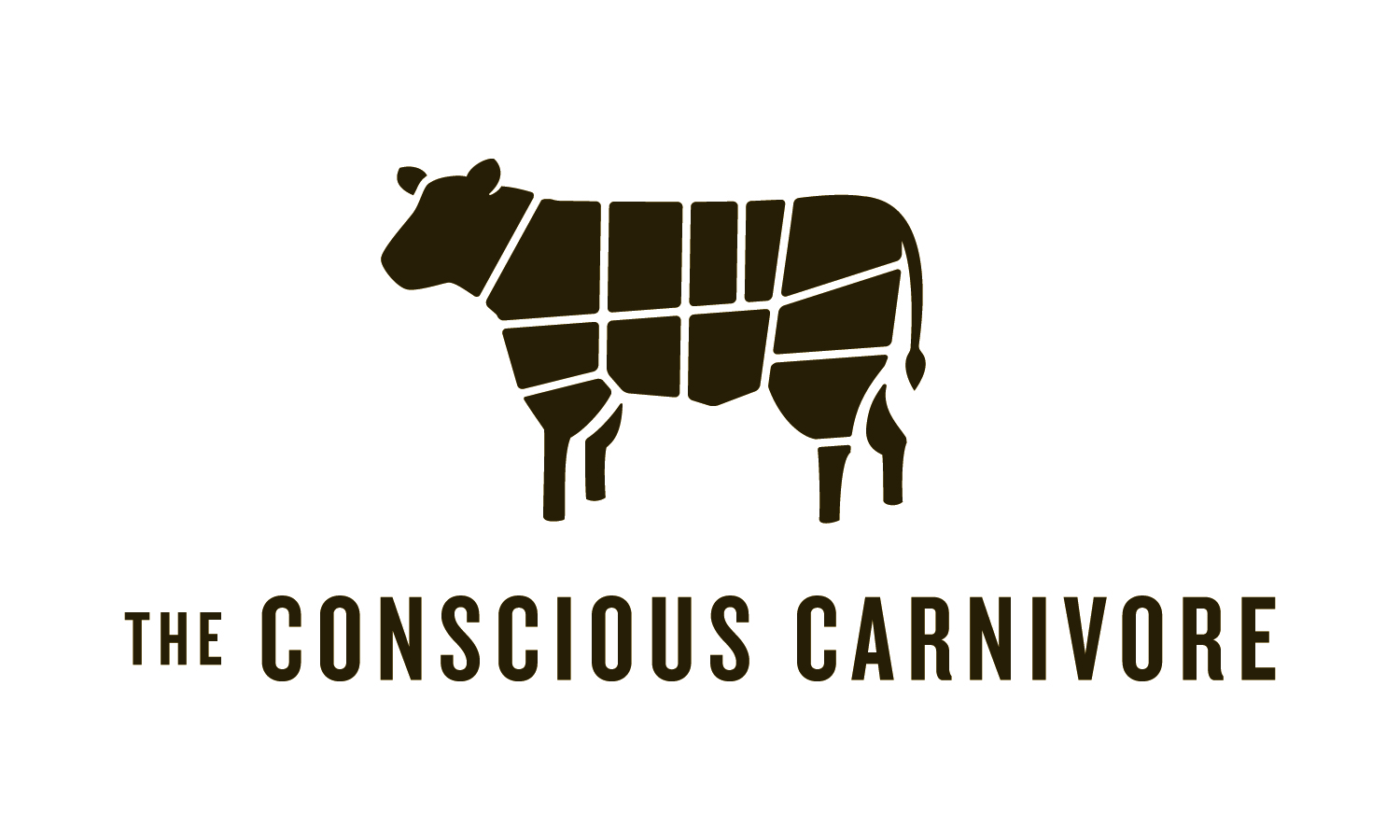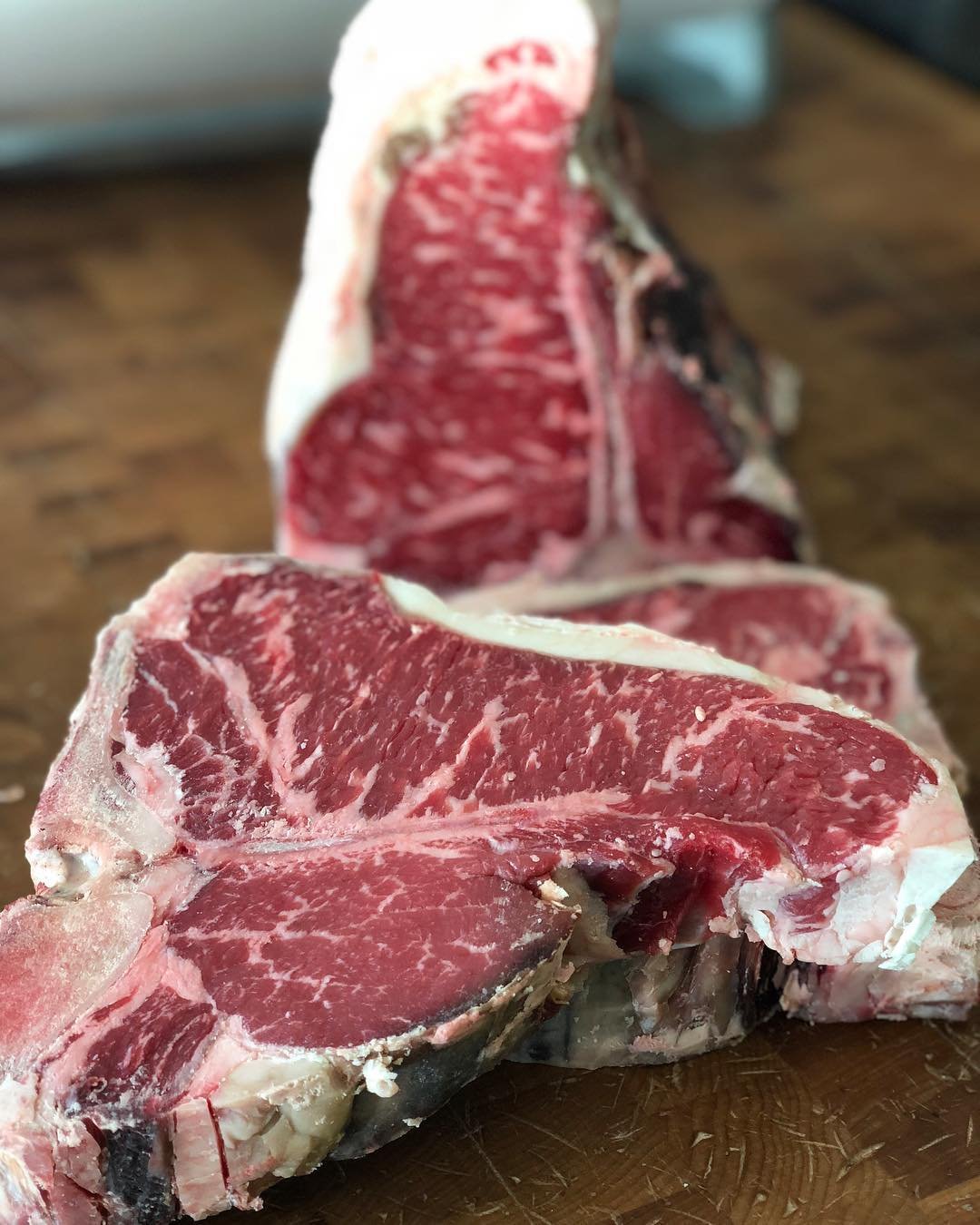Reverse Searing
Season a roast or thick cut steak and let it sit out at room temperature for 45 minutes.
Place meat on a wire rack set on a rimmed baking sheet, and place in a low oven between 225 and 275 degrees. Cook until the meat is 10-15 degrees below your desired serving temperature. You can also do this on the cooler side of a closed grill with half the burners on.
Remove the meat from the oven and sear it in a heavy bottom skillet using a high smoke point oil, or on a grill as hot as you can get it. Sear for 1-2 minutes per side until a nice crust has developed. Serve immedialty.
For 1 1/2–Inch Steaks in a 250°F (120°C) Oven
Doneness Target Temperature in the Oven Final Target Temperature Approximate Time in Oven
Rare 105°F (40°C) 120°F (49°C) 20 to 25 minutes
Medium-Rare 115°F (46°C) 130°F (54°C) 25 to 30 minutes
Medium 125°F (52°C) 140°F (60°C) 30 to 35 minutes
Medium-Well 135°F (57°C) 150°F (66°C) 35 to 40 minutes
cooking ham
You actually just warm the ham, it’s fully cooked already. General guidelines:
Heat to an internal temperature of 140 degrees.
Keep it covered for most of the warming time.
A large ham takes a long time to warm up, but it also takes a long time to cool down! Don’t keep your guests waiting. Start early. You can always toss into a hot oven for 5-10 minutes.
Preheat oven to 300 degrees. Place ham on a rack in a roasting pan or rimmed baking sheet with 1/2” of water in the bottom. Cover with aluminum foil. Cook for 15 minutes per pound or until it reaches 140 degrees internal temperature.
prime rib/standing rib roast
These are general guidelines for a 4-6# roast. Cooking time is slightly longer for larger roasts. Check internal temperature with instant read thermometer.
Preheat oven to 250°F. Season roast generously with salt and pepper. Place roast, with fat cap up, on a V-rack set in a large roasting pan, or on a wire rack set in a rimmed baking sheet. Place in oven and cook until center of roast registers the desired temperature.
120-125°F for rare
130°F for medium-rare
135°F for medium to medium-well.
This will take around 3 1/2 to 4 hours; in a 250°F oven.
Remove roast from oven and tent loosely with aluminum foil. Place in a warm spot in the kitchen and allow to rest for at least 30 minutes and up to 1 1/2 hours. Meanwhile, preheat oven to highest possible temperature setting, 500 to 550°F.
Ten minutes before guests are ready to be served, remove foil, place roast back in hot oven, and cook until well-browned and crisp on the exterior, 6 to 10 minutes. Remove from oven, carve, and serve immediately.
Thawing food in a hurry
Yes, you can quickly and safely thaw food for dinner tonight. Anything with an air tight or vacuum seal can be put in a big bowl of cold water to thaw quickly. The more water the better. You can use the kitchen sink! Refresh the water every 15 minutes as it cools down from the frozen product. This method will thaw a package of our sausages, meatballs, or burgers in a little over an hour.
Chimichurri & compound butters
All of our compound butters and chimmichuri will keep for 7 days after thawing. If you can’t use it up that fast just put it in the freezer. We recommend keeping it in the freezer and pulling it out when you need it. It doesn’t take long for chimichurri to warm up enough to scrape some off the top for a steak, a soup garnish, or add it to mayo for a sandwich.






